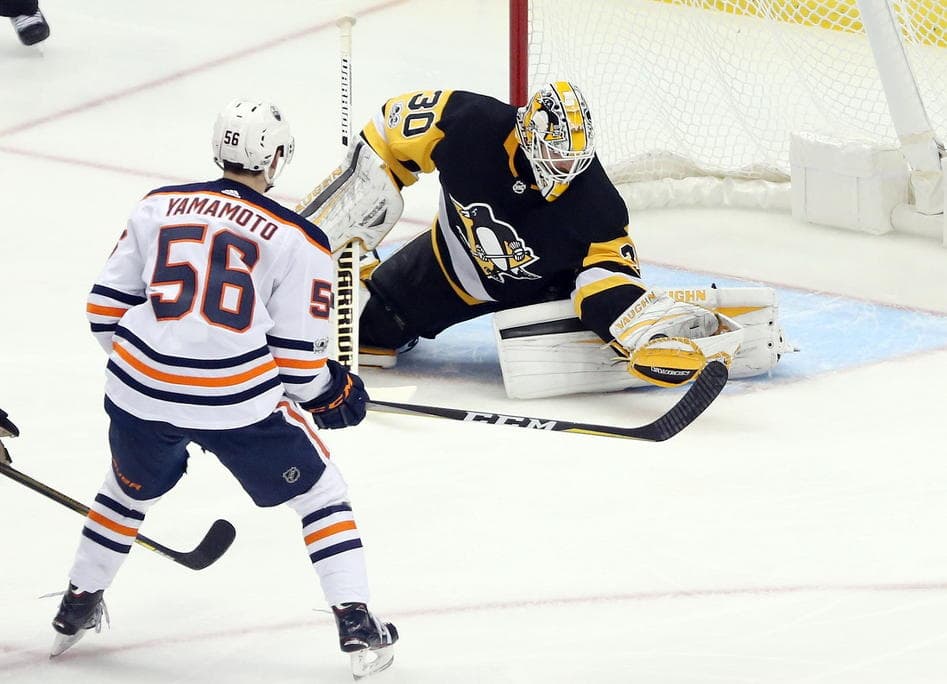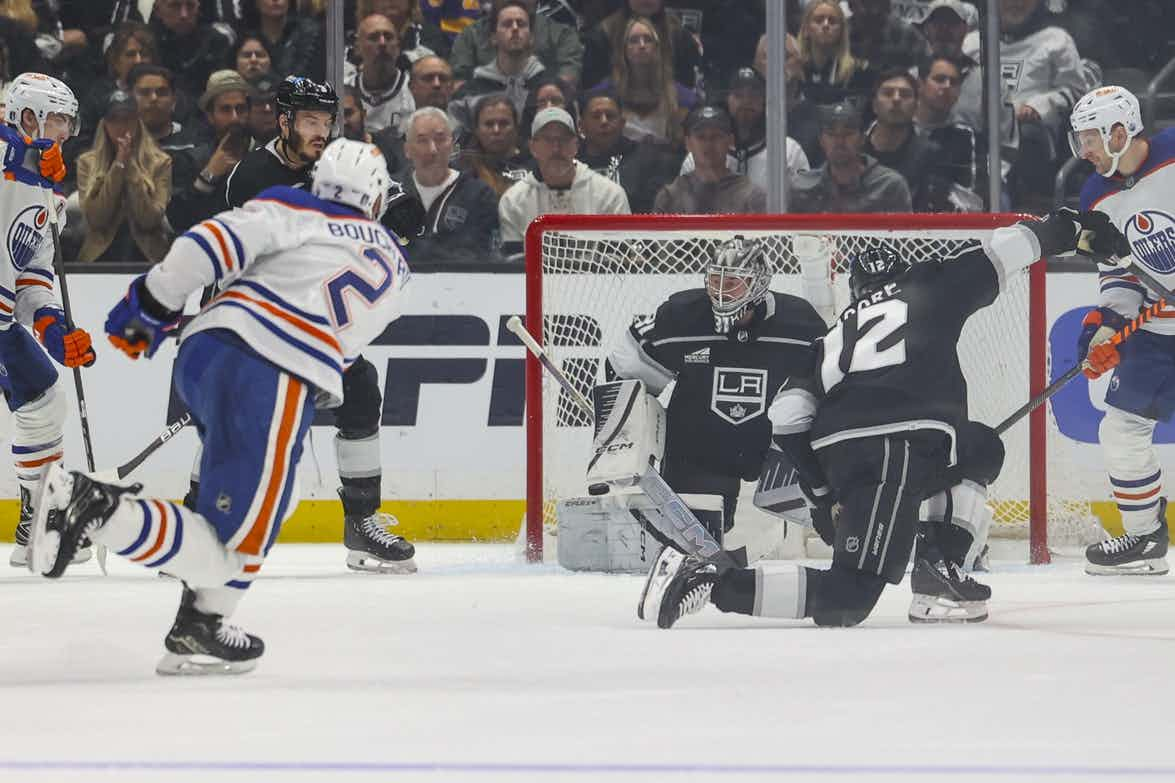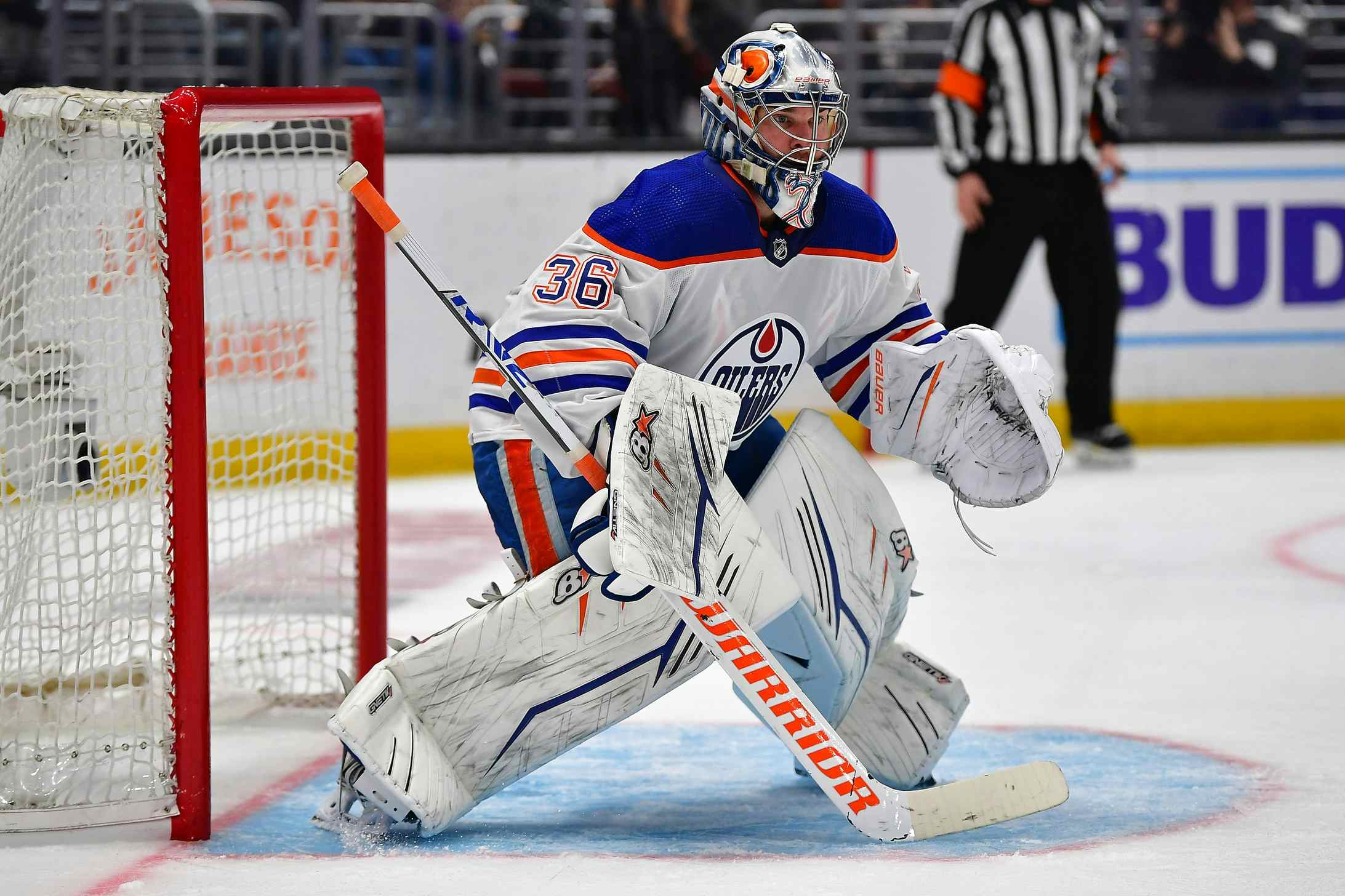Yamamoto and the Slide Rule

By Jason Gregor
5 years agoThe NHL’s Collective Bargaining Agreement (CBA) is over 500 pages, with hundreds of different rules and definitions. Many of them require multiple readings to comprehend, and many have multiple bullet points outlining different scenarios covering contracts, free agency, waivers, grievances, insurance, rosters and much more.
One unique rule is the entry-level slide rule, and young Oilers forward Kailer Yamamoto could be impacted by it this season.
In layman’s terms the rule reads as such:
“In the event a player who is signed to an entry-level contract and is 18 or 19 years old (on September 15th) does not play in a minimum of 10 NHL games in the first season of their ELC then their contract is considered to ‘slide’, or extend, by one year.”
Yamamoto turns 20 on September 29th, but since he is only 19 years of age on September 15th he qualifies for the slide rule. AHL games do not count in the slide rule. If he plays ten NHL games (regular or playoffs) then his contract will kick in, but if not it will slide to next season.
We saw this last season with Janne Kuokkanen. Like Yamamoto, he was born in 1998, but he was drafted in 2016 because he is born in May. He was playing in Finland when he was drafted, so he was eligible to play in the AHL at 19. He went to the Carolina Hurricanes training camp last year, and played four games, but spent the majority of the season in the AHL. He was 19 on September 15th, 2017 and so he played all season in the AHL but his contract slid to this year. He still received his AHL salary, of course, but he qualified under the slide rule.
He will essentially play four years of pro hockey on his entry-level deal, and depending how this season goes for Yamamoto and the Oilers, we could see a similar situation in Edmonton.
DECISIONS
Failed to load video.
Obviously it could help the Oilers, salary cap-wise, in the future if Yamamoto plays fewer than ten NHL games this year. His entry level deal is $925,000, but his bonus structure has him maxed out at $230,000year. If he reached his bonues, which would only be two of his “A” bonuses (20 goals, 35 assists, 60 points, .73 ppg, top-six fwd in TOI, top-three fwd in +/-, NHL all-rookie team or selected to play in All-star game), then his max salary would be $1.155 million.
If he becomes a top-six forward in the future he’d be an absolute bargain for potentially three NHL seasons after this year.
It is not ideal, financially, for Yamamoto, and I’m certain his goal is to make the team this year. I don’t expect the Oilers to keep him in the minors strictly to use the slide-rule, but it is an added bonus for them. Also, I don’t believe a year in the AHL will hinder his development at all. Many NHL players started their pro career in the AHL and it did not hinder them. I don’t worry about where a player was drafted. I care more about if he is ready to contribute at the NHL level. If Yamamoto is ready, great, but if he isn’t there is no reason to force the issue.
Yamamoto’s biggest challenge will be handling the strength of NHL players. He’s always had to endure playing against bigger players through minor hockey and junior, but the NHL is a much different beast. Many of the opposing players are five to ten years older than him. They will have a big advantage in experience and strength.
If Yamamoto isn’t noticeably better than Ty Rattie, Jesse Puljujarvi or any of the other right wingers he will be competiting against, he should start the season in the AHL. That doesn’t mean he has to stay there. If he plays well, or others struggle in Edmonton the Oilers can recall him at any point.
I doubt the slide-rule will be much of a factor in evaluating his NHL-readiness, but it is a unique rule which could help the Oilers in the future, both on the ice and within the salary cap.
Recently by Jason Gregor:
Recent articles from Jason Gregor





